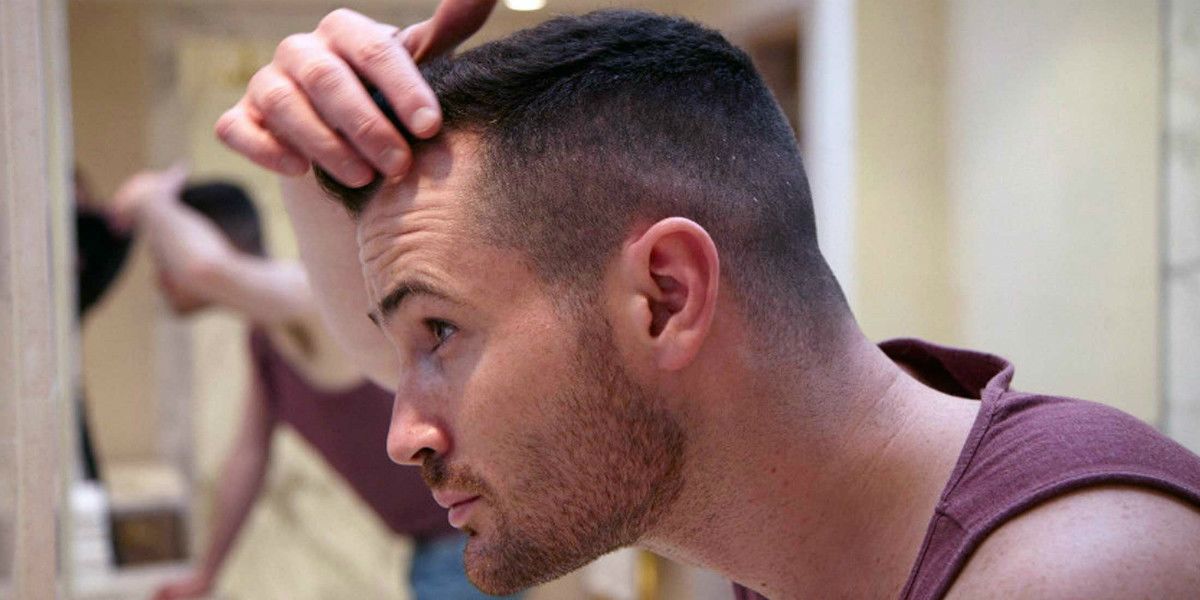Your hair is likely to turn grey as you get older. It’s quite normal, but it’s not something that many people welcome with open arms. Greying is an inevitable process. Once your hair turns grey, it will never return to its original color. You are left with only two choices: leave it alone or dye it.
People often like dyeing their hair as it boosts their confidence and appearance. However, hair coloring can have negative consequences. This article discusses such complications and how to prevent them.
What Is a Hair Dye?
Hair dye is used to alter the color of one’s hair permanently, semi-permanently, or temporarily. It can be applied professionally at a hair salon or at home using a supermarket hair coloring kit. You’ll need to dye your hair to prevent grey hair periodically. With new hair growth, you’ll need periodical touch-ups to avoid grey roots.
Hair Dye and Hair Growth
Hair coloring can impede healthy hair growth. Chemicals like ammonia and hydrogen peroxide, which can damage your body in excessive amounts, are commonly found in semi-permanent and permanent hair dyes. If you dye your hair, you probably like the color but not how it feels dry and brittle. Hair is stressed by dyeing because it loses natural oils, lipids, and nutrients, causing it to weaken and break. Excessive hair coloring can leave your scalp irritated and damaged. This might also lead to your scalp being unable to produce healthy hair.
Can Bleaching Regularly Harm My Hair?
Bleaching can cause the following problems:
- Dry hair
- Brittle hair
- Loss of elasticity
- Hair prone to breakage
- Hair prone to split ends
Bleached hair is also porous, making it more susceptible to various chemical and non-chemical hazards. These include heat styling appliances like blow dryers and straighteners, along with the effects of the sun, rain, and wind.
All forms of bleaching treatments can damage your hair’s protein structure. However, this damage increases substantially with each bleaching session. Basically, the more you bleach or highlight your hair, the more damaged it will become.
Can I Be Allergic to the Dye?
It is recommended that you perform a patch test before using a home kit to color your hair. To evaluate if the dye will irritate you or give you an allergic reaction, test a small amount on the hair behind your ear and leave it for 24-48 hours (depending on the recommendations).
Some people are susceptible to a skin condition referred to as contact dermatitis. When they touch a certain material, their skin may become red, dry, scaly, bumpy, blistered, or irritated (inflamed). The chemical could be an irritant that damages the skin directly or an allergen that causes an allergic reaction that affects the skin. A substance called paraphenylenediamine (PPD) is used in many permanent and semi-permanent hair dyes, and it’s a known irritant and allergen.
Can I Perm and Color My Hair?
The answer is you can’t. These 2 methods are incompatible with one another and do not operate well together. Both tasks cannot be completed in the same session or on the same day. Instead, you should do the following: Perm your hair first, then wait two weeks before coloring or highlighting it.
Tips to Prevent Hair Fall After Dyeing It
Hair color damage can be repaired with these tips:
- Keep your hair nourished: Have a healthy diet high in proteins, omega-3 acids, vitamins, and nutrients to nourish your hair. Try including foods like salmon, yogurt, guava, eggs, chicken, spinach, etc., in your diet to ensure healthy hair.
- Always purchase a good quality hair color and the right developer: The next time you color your hair, go for an ammonia-free dye. Ammonia-based products deplete your hair’s nutrition and lipids.
- Trim your hair regularly: The majority of the dried-out hair can be removed with a haircut.
- Invest in high-quality color-protection products: Use a shampoo made specifically for colored hair. Regular shampoo lacks the ingredients necessary for your hair to be nourished and preserve its color.
- Hair should be washed less frequently: If possible, wash your hair less frequently. Also, use cool or lukewarm water.
- Avoid hot styling tools, such as curling irons and hair dryers: Heat damages your hair, which can cause breakage and split ends.
- Avoid sun exposure: The sun’s rays also degrade your hair’s color and make it weak, which leads to breakage.

